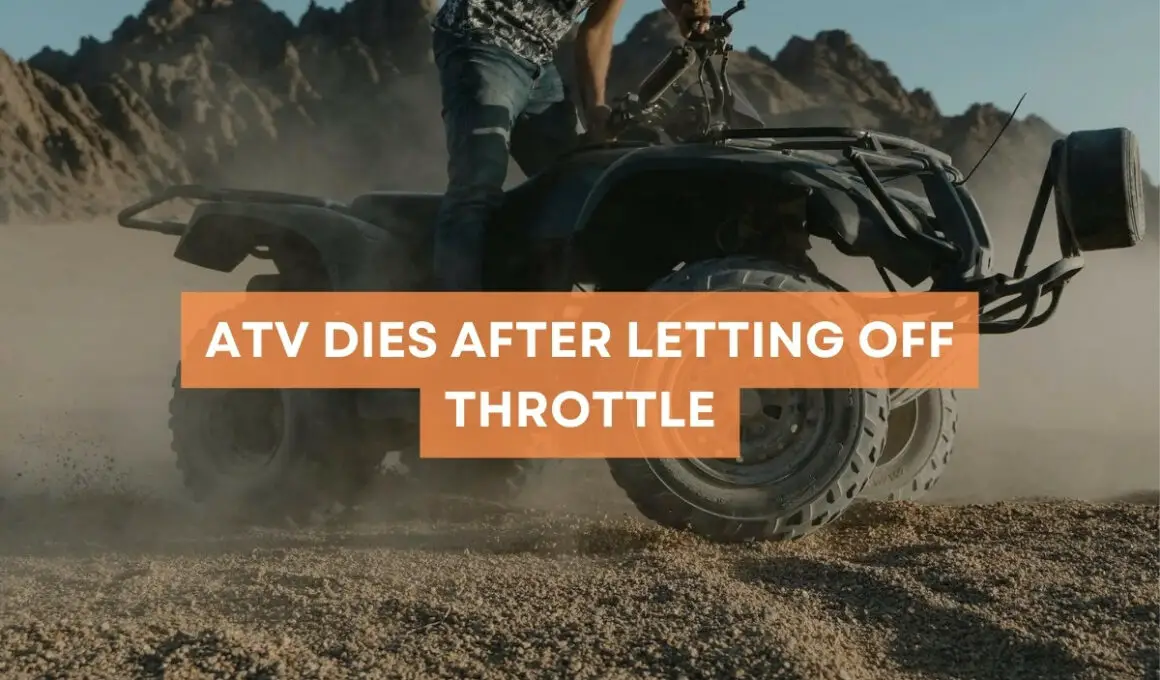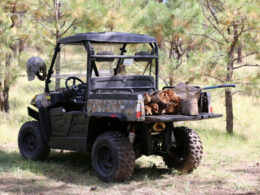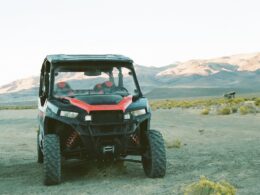In This Article Show
For many riders, an ATV that stalls upon releasing the throttle isn’t just an inconvenience; it’s a potential safety hazard. The flow of your ride gets interrupted, the rhythm breaks, and the confidence in your machine wavers.
Whether you’re an expert who’s conquered numerous trails or a beginner just venturing into the world of ATVs, understanding this issue and its solutions can be invaluable.
In this guide, we’ll delve deep into the mechanics behind the throttle, uncover the culprits that might cause such abrupt interruptions, and equip you with knowledge and fixes to ensure a smoother ride. Let’s get started.
Understanding Throttle Mechanics in ATVs
Navigating the vast terrains on an ATV requires a nuanced understanding of the throttle. Think of it as the bridge between your command and the machine’s response. But what happens beneath the surface when you twist that throttle or let it go? Let’s unravel the complexities of this system.
1. The Throttle’s Basic Role
- Command Central: At its core, the throttle controls the amount of air allowed into the combustion chamber. More throttle means more air, leading to a richer fuel-air mixture and, consequently, higher RPMs and more power.
- The Dance with Fuel: As you increase the throttle, the carburetor (in carbureted systems) or fuel injector (in EFI systems) increases the amount of fuel sent to the combustion chamber. This ensures a balanced fuel-to-air ratio for optimal combustion.

2. Components in Play
- Throttle Cable: This connects the throttle grip to the carburetor or throttle body. As you twist the throttle, the cable opens the butterfly valve, letting more air into the engine.
- Carburetor vs. Fuel Injector: While both serve to mix fuel and air, they do so differently. Carburetors rely on vacuum pressure to pull fuel into the combustion chamber, while fuel injectors spray fuel directly, using electronic controls for precision.
- Throttle Position Sensor (in EFI systems): This sensor communicates the throttle’s position to the ATV’s computer, allowing it to adjust fuel injection and ignition timing for smooth and efficient engine operation.
3. Throttle Release and Engine Behavior
- Return to Idle: When you let off the throttle, the butterfly valve returns to its idle position. The engine RPMs drop as the air and fuel entering the combustion chamber decrease. Ideally, the engine should transition smoothly to a steady idle state.
- Deceleration: Letting off the throttle also initiates engine braking in many ATVs. This process uses the engine’s resistance to reduce speed, offering better control, especially on declines.
- Mastering the throttle isn’t just about speed and power; it’s about precision, control, and understanding the symphony of components working in harmony. With a firm grasp of these mechanics, it’s easier to pinpoint issues when something feels “off” in the ATV’s response.
Why Does an ATV Die After Letting Off the Throttle?
One of the most unsettling experiences for an ATV enthusiast is when the steady hum of the engine suddenly goes silent after easing off the throttle. Instead of the expected smooth transition to idle, the ATV just stops. But why does this happen? Let’s delve into the dynamics at play.
1. The Ideal Response
- Seamless Transition: In a perfectly tuned ATV, releasing the throttle should result in the engine smoothly decreasing its RPMs and settling into a stable idle. This transition is governed by the balance of air and fuel in the combustion chamber, ensuring the engine remains running even at low speeds.
- Engine Braking: As mentioned earlier, many ATVs utilize engine braking. This natural deceleration mechanism can be mistaken for a stalling issue, but it’s a designed response. It uses the engine’s resistance to slow down the vehicle, especially beneficial on downhill terrains.
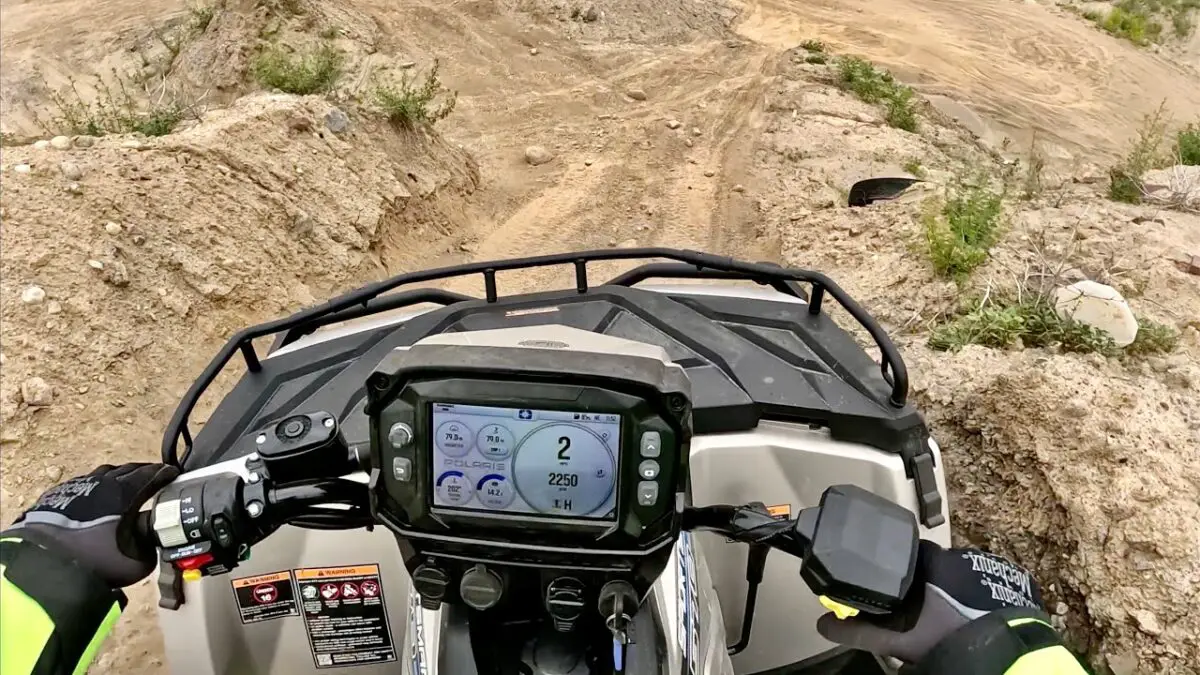
2. Disruption in Balance
- Fuel-Air Mismatch: For combustion to occur, the engine requires a precise mix of air and fuel. If this ratio is disrupted (too rich or too lean), it can lead to an unstable engine response, and in some cases, stalling.
- Idle Setting Discrepancies: Every ATV has an idle setting, determining the minimum RPM at which the engine runs without any throttle input. If set too low, the engine may not receive enough fuel to stay running when the throttle is released.
- Delayed Response: In some scenarios, the engine might be delayed due to issues like a sticky throttle cable or problems with the throttle position sensor in EFI systems. This can create a sudden drop in RPMs, leading to stalling.
3. External Influences
- Temperature and Altitude: Cold conditions can make the fuel denser, and high altitudes can reduce the available oxygen. Both situations demand adjustments to the fuel-air mixture, and without them, stalling can occur.
- Old or Contaminated Fuel: Fuel sitting for long periods or contaminated can lead to incomplete combustion, causing the engine to stall.
The dance of an ATV’s engine, especially during the transition from active throttling to idle, is delicate. A minor hiccup in any component can disrupt this dance. Understanding these intricacies aids in early diagnosis, ensuring timely intervention and uninterrupted rides.
Common Causes Behind the Issue
The abrupt silence of an ATV engine after releasing the throttle can be disconcerting, especially when you’re accustomed to its rhythmic hum. Diving deeper, here are some of the prevalent reasons behind this sudden stall:
1. Idle Setting Issues
If the idle setting on your ATV is set too low, it may not provide the engine with the required fuel to keep running when the throttle isn’t engaged. It’s like trying to sustain oneself on an inadequate diet; eventually, you run out of energy.
2. Fuel Supply Problems
- Clogged Fuel Filter: The fuel filter’s role is to ensure only clean fuel reaches the engine. Over time, it can become clogged with debris, restricting the flow and causing lean conditions.
- Blocked Fuel Lines: Similar to a clogged filter, blocked or pinched fuel lines restrict the necessary flow of fuel, leading to starvation and stalling.
- Degraded Fuel: Fuel left in the tank for extended periods can degrade, losing its combustive efficiency. This old or contaminated fuel may lead to incomplete combustion.
3. Air Intake Issues
- Dirty Air Filter: An air filter choked with dirt or debris restricts the airflow into the carburetor or throttle body, disrupting the vital fuel-air balance.
- Leaky Intake Manifolds: A leak in the intake manifold can introduce unmetered air into the engine, leading to a lean mixture and potential stalling.
4. Spark Plug Malfunctions
The spark plug ignites the fuel-air mix. If it’s worn out or fouled, it might not produce a consistent spark, leading to misfires and stalling.
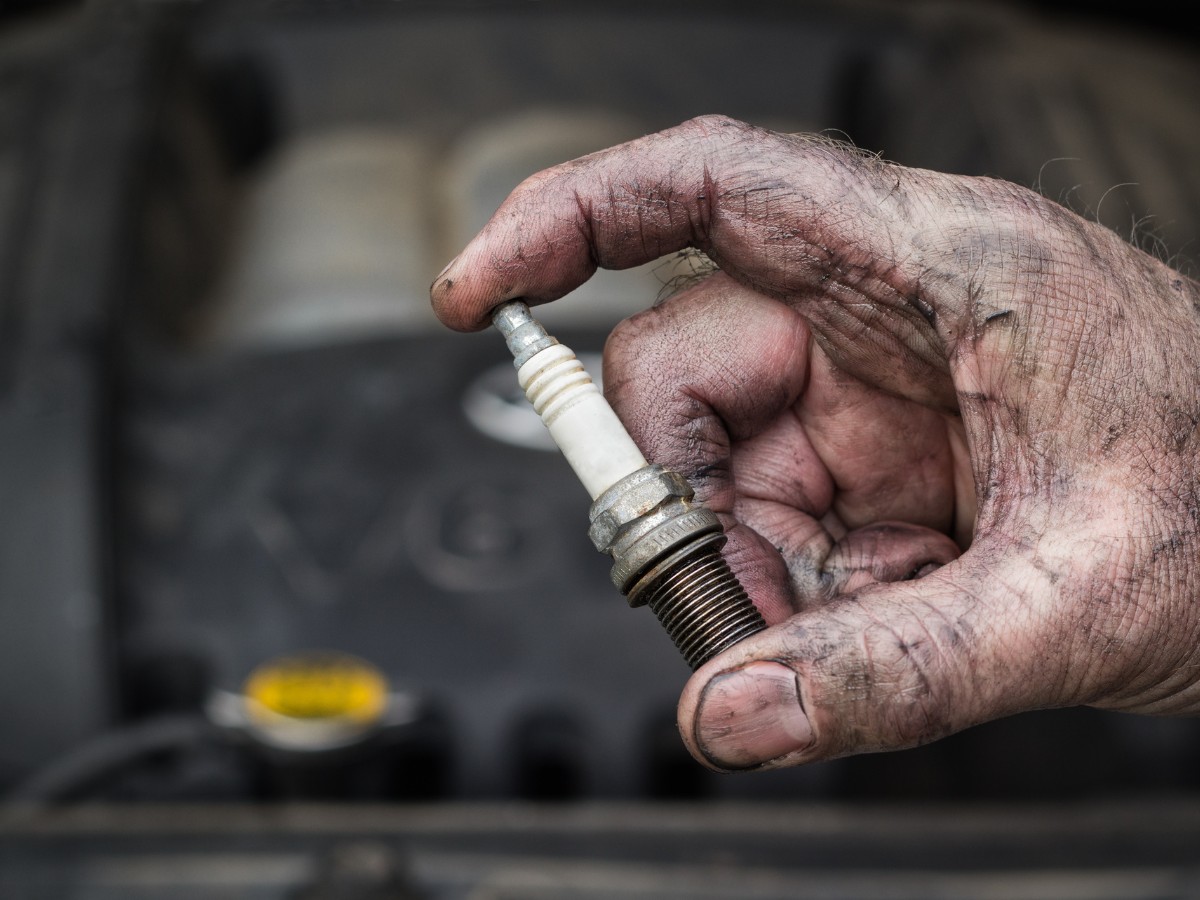
5. Carburetor/Injector Issues
- Dirty Carburetor: A carburetor coated with old fuel residue or dirt can disrupt the optimal mixing of air and fuel.
- Malfunctioning Fuel Injector (in EFI systems): A faulty injector might not spray the correct amount of fuel, again leading to an imbalanced mix.
6. Electrical Issues
- Faulty Ignition Coil: The ignition coil transforms the ATV’s battery power into the voltage required to ignite the fuel-air mix. A malfunctioning coil can lead to inconsistent sparks and stalling.
- Malfunctioning Throttle Position Sensor (in EFI systems): As this sensor feeds data about the throttle’s position to the ATV’s computer, any malfunction can misinform the system, causing poor fuel adjustments.
Each of these issues might seem small in isolation, but within the interconnected system of an ATV, they can create cascading effects, culminating in the perplexing stall after releasing the throttle.
Fixes And Solutions
Knowing what’s wrong is half the battle. The other half? Well, it’s all about the remedy. Here’s a detailed guide to address the causes that might lead your ATV to stall upon throttle release:
1. Tweaking the Idle Settings:
Locate the idle adjustment screw, usually found near the carburetor. Turn it slightly clockwise to increase the idle RPM. Start your ATV and let it warm up. Gradually adjust until the ATV idles smoothly without stalling.
2. Fuel System Check and Cleanup
- Clean or Replace the Fuel Filter: Regularly inspect the fuel filter. If it’s dirty or clogged, clean it out. If it’s been in use for a long time, consider replacing it.
- Inspect Fuel Lines: Make sure the lines are clear and not pinched or kinked. Replace old or cracked lines.
- Fresh Fuel: Empty old or contaminated fuel from the tank and replace it with fresh, high-quality fuel. Using a fuel stabilizer can prevent degradation if you’re storing the ATV for long periods.
3. Air Intake Maintenance
- Clean the Air Filter: Regularly inspect the air filter. If dirty, clean it using an appropriate cleaner. If worn out, replace it.
- Check Intake Manifolds: Look for cracks or signs of wear. Ensure a tight seal to prevent air leaks.
4. Spark Plug Inspection and Replacement
Inspect the Spark Plug: Remove the spark plug and inspect its condition. A fouled or worn-out spark plug might need cleaning or replacement. Always ensure the gap setting is per your ATV’s specifications.
5. Carburetor/Injector Cleaning and Adjustment
- Carburetor Cleanup: If your ATV has a carburetor, consider cleaning it with a carb cleaner. Remove it, disassemble, clean each component, and reassemble. Ensure the float height and jet settings are correct.
- Fuel Injector Inspection: For EFI systems, if you suspect a malfunctioning injector, it’s best to take it to a professional. They can test and, if necessary, replace the injector.
6. Electrical System Inspection
- Test the Ignition Coil: Using a multimeter, you can test the ignition coil’s resistance. If readings are outside the specified range, replace the coil.
- Inspect Throttle Position Sensor (in EFI systems): Check for any damage or corrosion. While some issues might be visually apparent, others might need a professional diagnostic tool. If faulty, replace the sensor.
Pro Tip
While many of these fixes are within the realm of a DIY enthusiast, if you’re ever unsure, it’s best to consult with or hire a professional mechanic. An expert eye can often diagnose and rectify problems more efficiently, ensuring your ATV remains in optimal condition.
Wrapping It Up
Experiencing your ATV stall after releasing the throttle can be disconcerting, but armed with the knowledge of potential causes and their fixes, you’re now prepared to tackle the issue head-on.
Remember, regular maintenance is key. Keep your ATV in top shape, and those smooth rides will continue for years to come.






